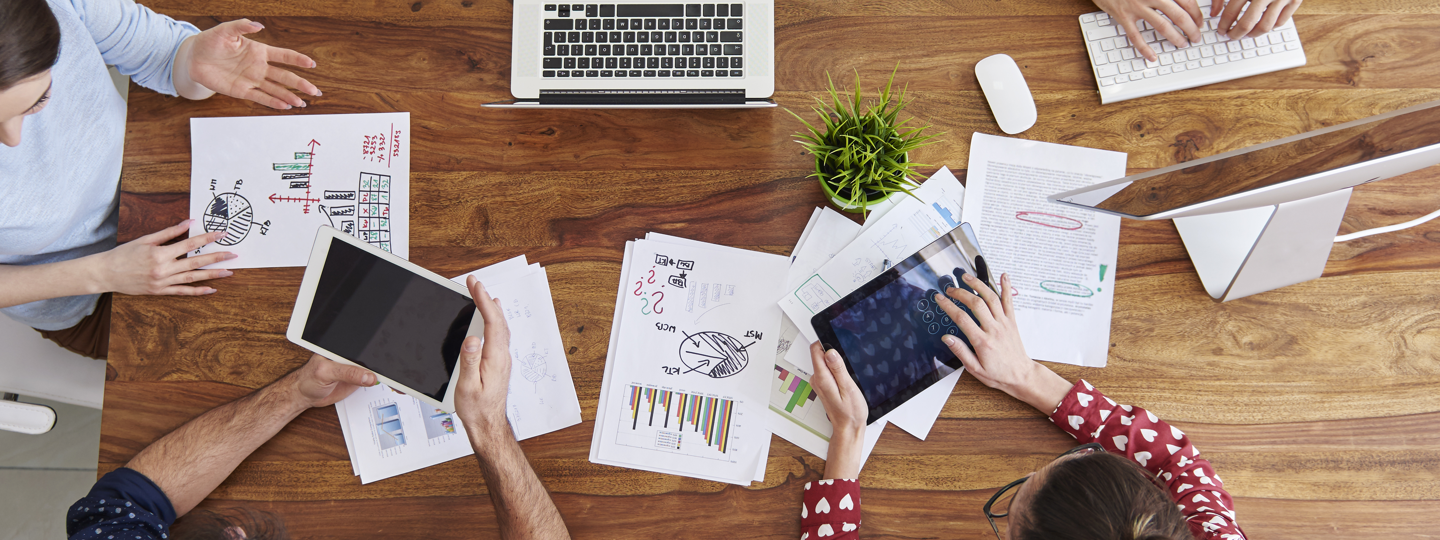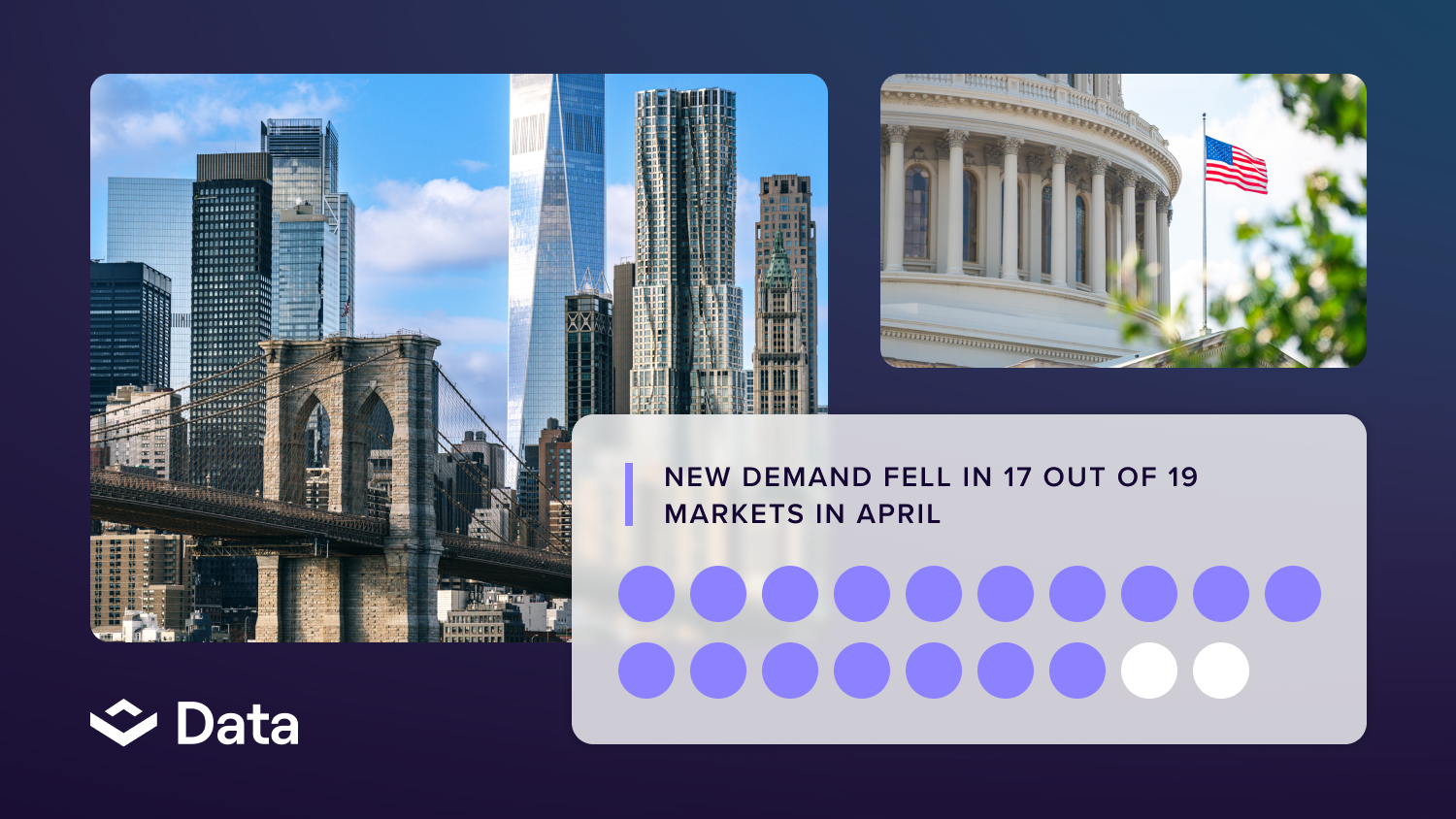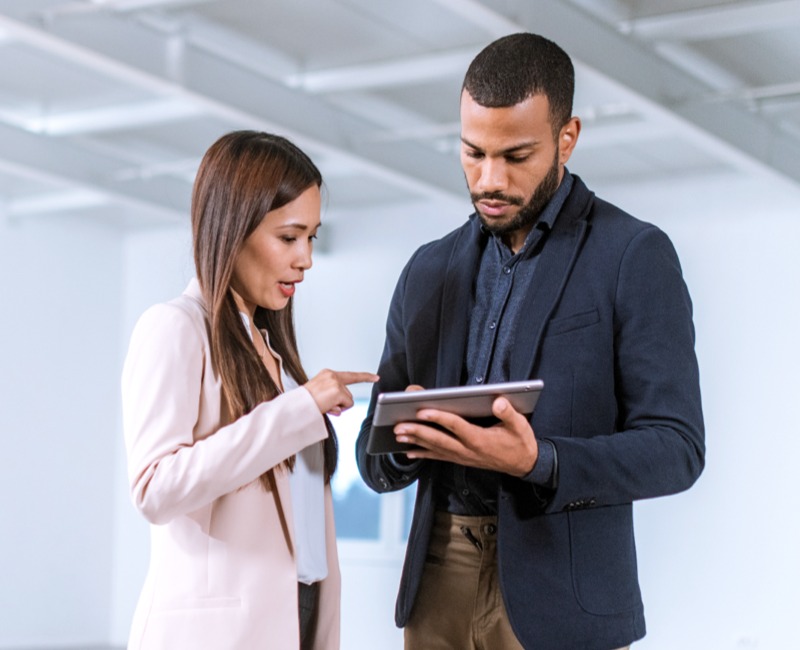
The blurring of lines between where we work and where we shop will have a medium impact on shopping centers, restaurants, bars and office buildings over the next decade.
More companies are offering employees unique and comfortable workspaces that encourage collaboration, build morale and draw talented people. Part of this strategy is to break down traditional boundaries between life, work and play by adding retail and hotel amenities to office spaces. Employers are mixing business with pleasure, adapting workspaces to include coffee shops with professional baristas and beer taps with bartenders. Entire office buildings are activating common spaces by bringing outside retailers in from the perimeter and encouraging people to drink, dine and socialize in office lobbies. Rooftops and interior office spaces are providing new opportunities for retailers to serve a consumer base that is by its nature a very captive audience.
Underutilized retail space: the new office destination
The reverse is also occurring, as underutilized retail space is being tested as a destination for more traditional office users. Last year, office supply retailer Staples rolled out a plan to convert some space within its large stores into co-working areas. Partnering with office-sharing startup Workbar, Staples launched a pilot to rent desks and conference rooms to subscribers within 2,500- to 3,500-square-foot portions of its stores, complete with WiFi, printing and mailing services.
Coworking and tech hubs
In 2015, the Macy’s in downtown Seattle sold its top four floors to Starwood Capital Group to be converted into creative office space. Not only does this deal offload underutilized retail space, but the proximity to a new workforce is likely to bring more shoppers to the Macy’s just a few floors below.
At Westfield San Francisco Centre, a portion of the lonely fourth floor was transformed into Westfield Bespoke, a co-working space for retail tech startups. The new tech hub features an event space as well as an area for pop-ups and demos. Westfield estimates that in its first year, Bespoke drove an additional 100,000 shoppers through the doors of this popular urban mall. Starbucks, and coffee shops in general, have been blurring the lines between office and retail for years. They see the value in having patrons feel they can be productive in the store because the longer they stay, the more money they spend.
As the geographic lines between live, work and play continue to blur, office and retail spaces will further mix over the next decade, increasing the vitality and attractiveness of both types of properties.






